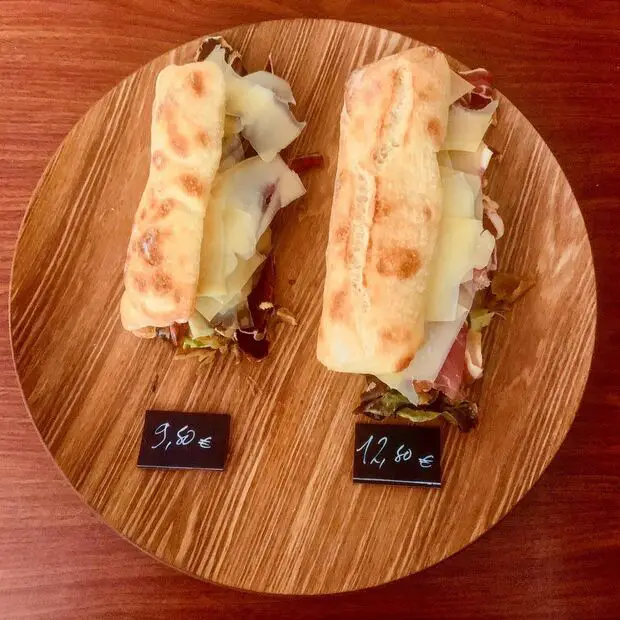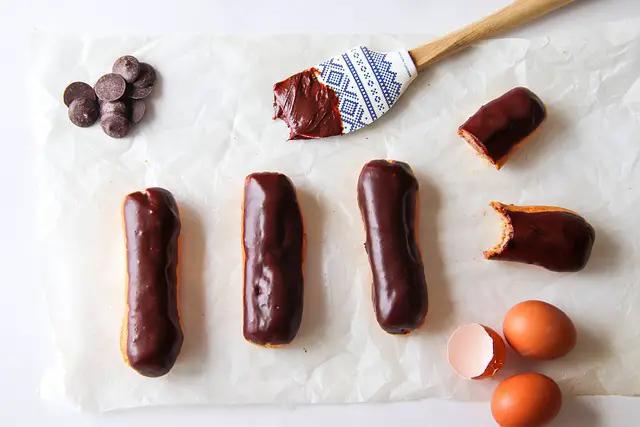It can be found in any bakery, and is without a doubt the most well-known kind of bread in the whole world: the baguette is like a superstar in French bakeries. It may be baked with wholewheat flour, rye flour, cornflour or many others, but either way, it will always be a delight for taste buds.
So here are the several types of baguettes you may find in bakeries.
1. The “baguette classique”, or regular baguette
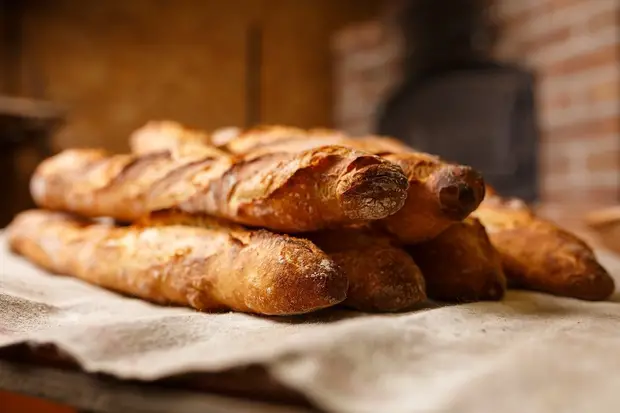
Aka: Parisian baguette, white baguette
Every French person has tasted it, and every French person has loved it: it is the one baguette to rule them all. Weighing up at roughly 250 grams, this one will consistently be found in any bakery, and even abroad. Whether you prefer it well-baked or not so, everyone will always like it. No wonder it is now a well-known national symbol.
2. The “baguette tradition”
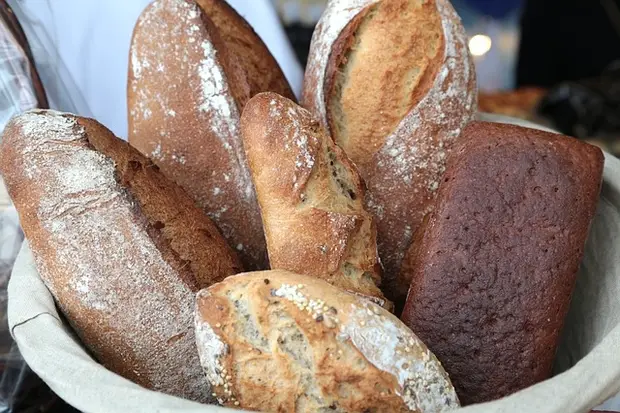
Aka: country baguette, rustic baguette
The baguette classique may be more easily recognizable, but this “traditional baguette” is quite assuredly a favorite among French people. It is made from flour without additives and has a longer resting time. Its crunchy crust and spaced-out crumb makes it a great choice to go with your meals.
3. The “ficelle”, or bread stick
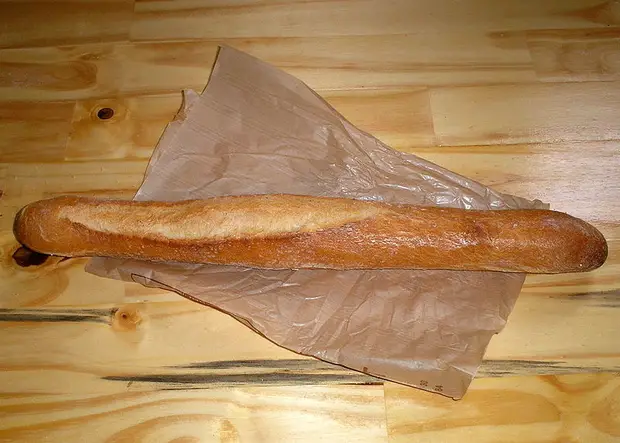
This “stringy bread” is much shorter, thinner and lighter (roughly 125 grams). It owes its name to its slender, almost fragile appearance. In a way, it is almost the little sister of a regular baguette, since it follows the same baking process, and tastes extremely similar to it.
4. The half-baguette

The name says it all. The “demi-baguette” is half as long as a regular baguette but still retains its quality taste. An ideal size for sandwiches, it is perfect for snacks and smaller-sized stomachs.
5. The “flute”
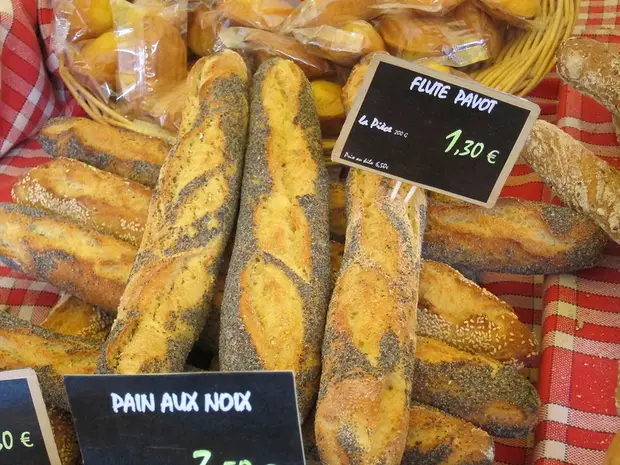
On the contrary, a flute is twice as big as a regular baguette, sometimes weighing up to 400 grams, without necessarily being longer. This size is its main characteristic and makes it perfect to go with a slice of cheese (among others) or any other kind of food.
6. The “baguette moulée”, or molded baguette
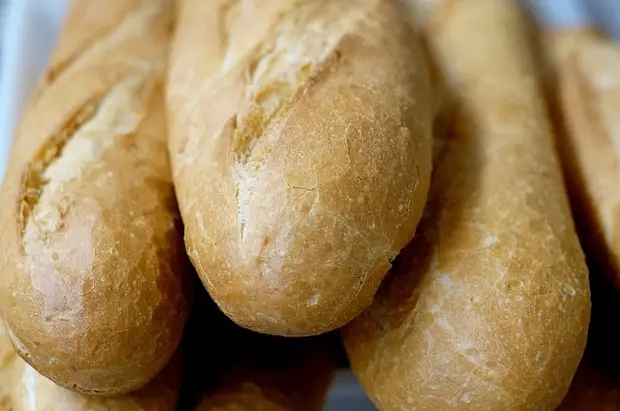
Ingredient-wise, the baguette moulée is actually not so different from the regular baguette. However, during the baking, the dough is put into a mold, which generally gives it a more homogeneous and even appearance.
7. The sarmentine
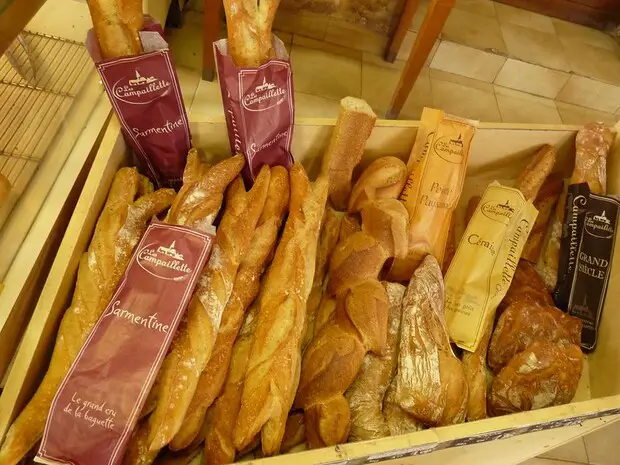
It comes from southwestern France, and easily differentiates itself from other baguettes thanks to its peculiar appearance. Each of its tips ends in two “horns”, which makes it easily recognizable. It can also be kept fresh for a while, to every bread lovers delight.
8. The “baguette en épi”, or ear-shaped baguette
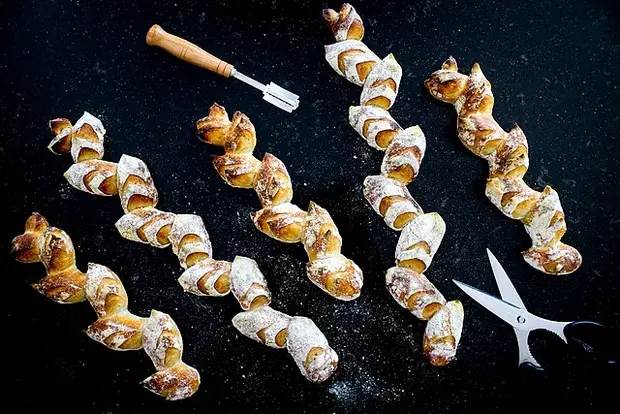
An even more atypical shape that easily catches the eye. As the name implies, its appearance is a nice call-back to a wheat ear, the cereal many bread flours are made out of. It does nothing to impede its taste or texture, either, so it makes for a nice visual change once in a while.
9. The viennoise
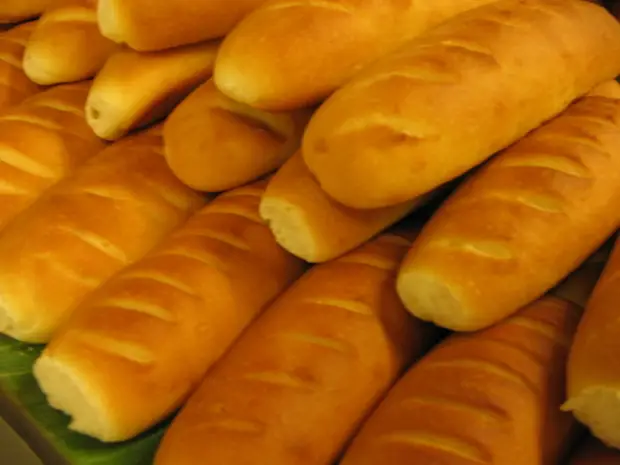
The viennoise (“Viennese baguette”) is a bit different, in that its texture is closer to that of a brioche than that of a baguette. It is also definitely sweeter than the other baguettes presented here and perfect for breakfast or afternoon snacks, with or without jam.
10. The “pain bâtard”, or bastard bread
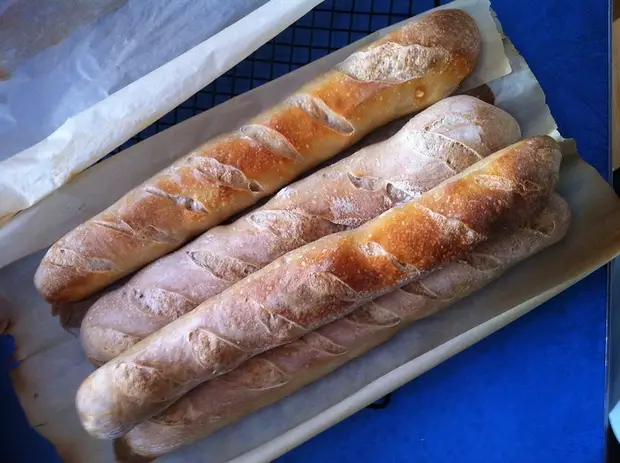
The pain bâtard is also a special case, though in another way than the viennoise. Like the name implies, it indeed finds itself somewhere between the baguette and rounder types of breads and is therefore generally wider and heavier than other baguette types. It still remains very tasty, both crunchy and spongy.
11. The “special baguettes”
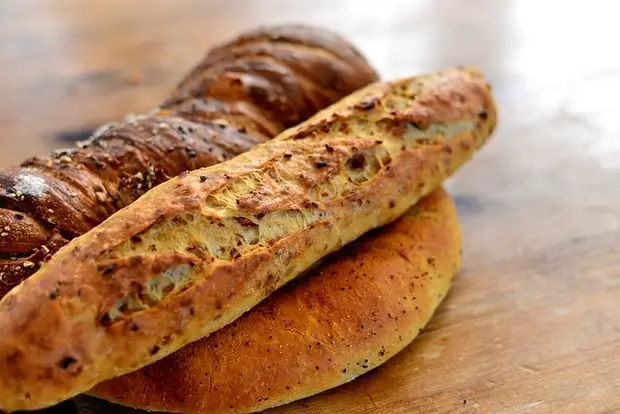
Examples include: poppy seeds baguette, cereal baguette, grain baguette…
The “pains spéciaux”, or special breads category, includes all breads that are made out of other ingredients in addition to the traditional flour, water, yeast and salt combo. As such, special baguettes may be made with several types of grains and cereals (like oats, sesame, or many more) and/or even fruits and nuts (like raisins or walnuts, for instance). There are about as many special baguettes as there are bakeries in France, so there’s no doubt that everyone can find one they love!
I aim to share my tips and recommendations for the beautiful country of France. My goal is to help you plan your next adventure, whether it’s a weekend getaway or a once-in-a-lifetime trip. From finding the best hotels and restaurants, to discovering unique activities and sights, I’ve got you covered!



